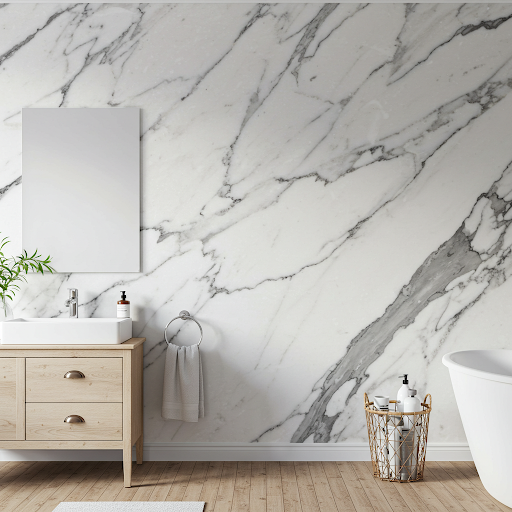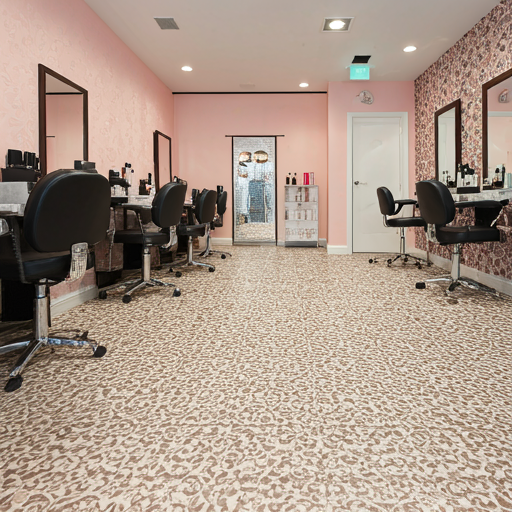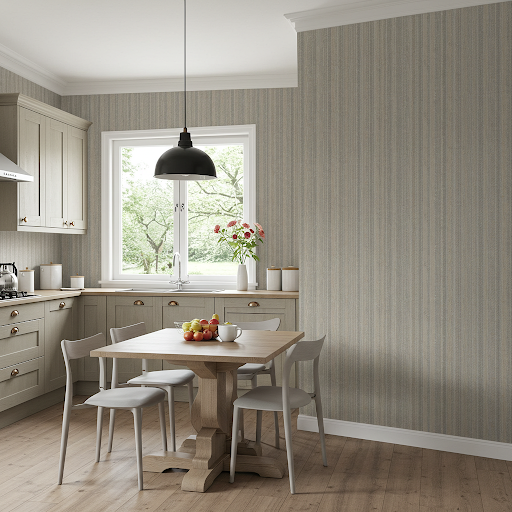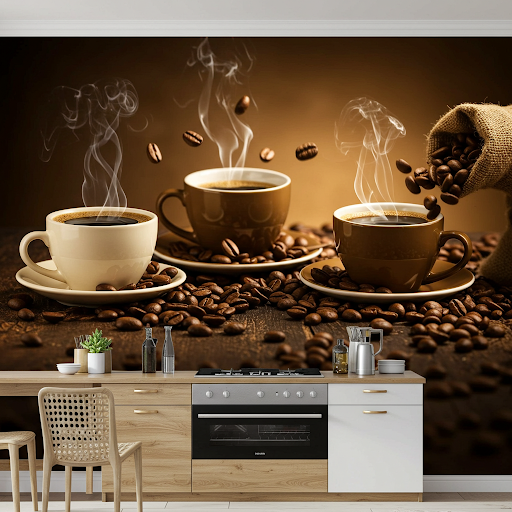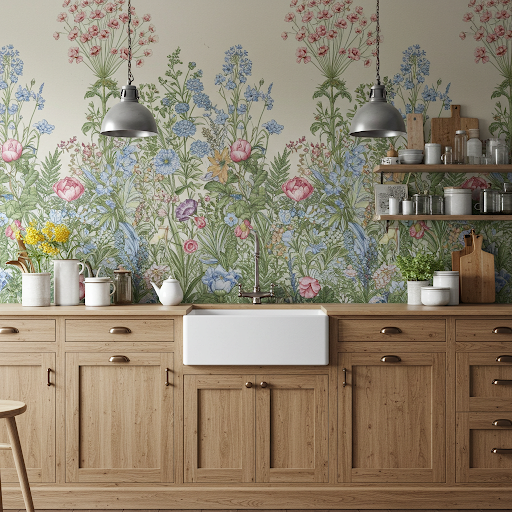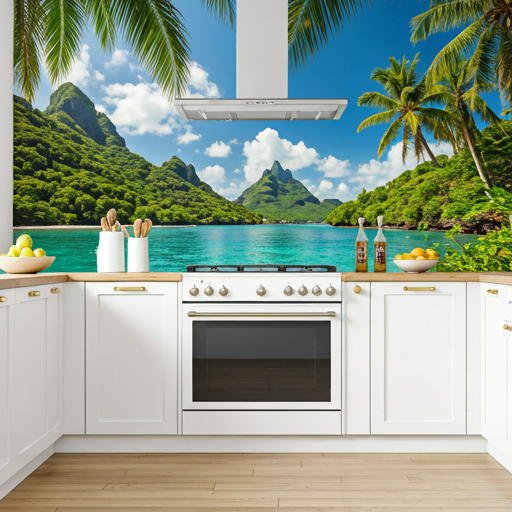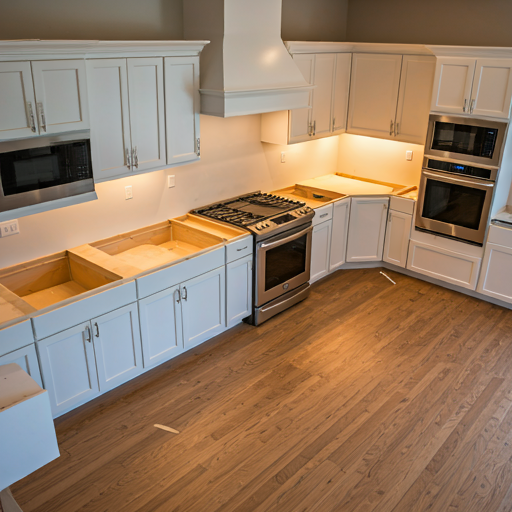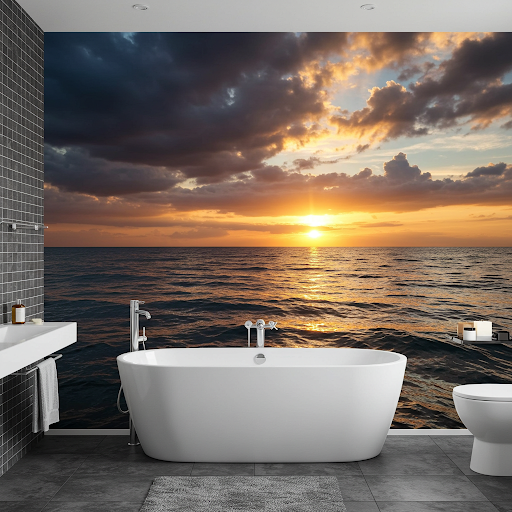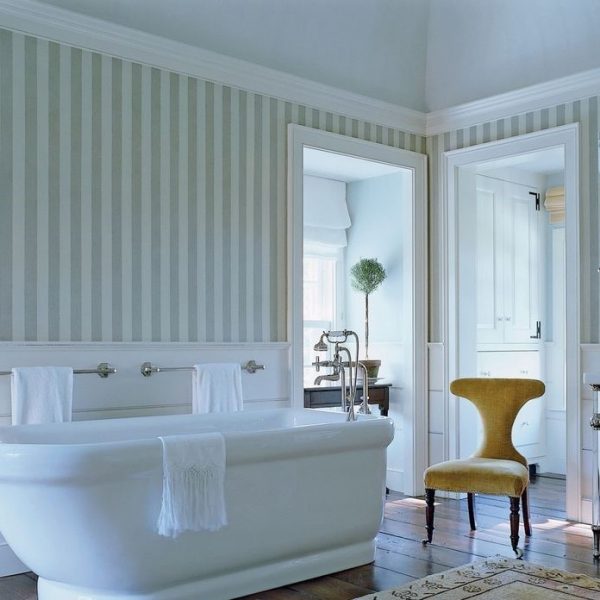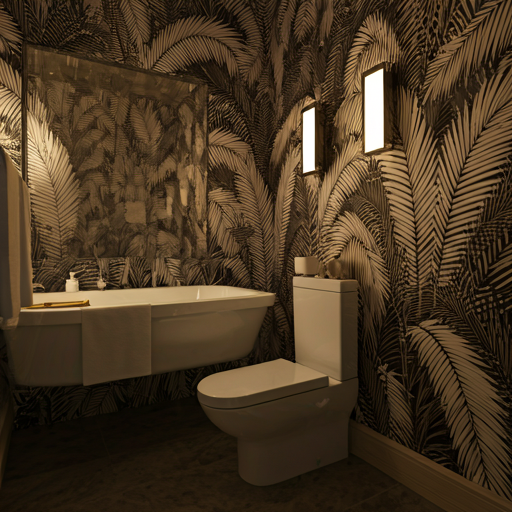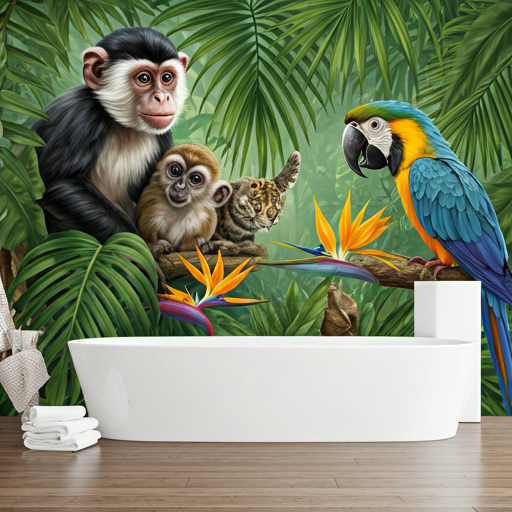Description
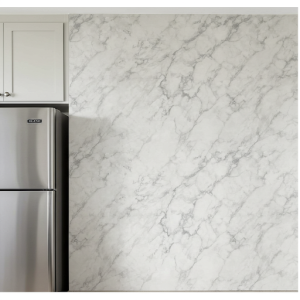
Let us talk about the features and specifications of self-adhesive contact paper for walls. This product is an excellent option for renovating and decorating any space economically and creatively. Made with self-adhesive vinyl, it’s water and moisture-resistant, making it ideal for kitchens and bathrooms. With a wide variety of designs and colors, it adapts to any decorative style and can be used on a variety of smooth surfaces. Plus, it’s easy to install and remove, leaving no residue.
Contact paper and traditional wallpaper serve similar decorative purposes but differ significantly in application and durability. Contact paper, typically vinyl-based, features a self-adhesive backing, making it easy for DIY application. It’s often used for temporary décor changes.
Wallpaper, on the other hand, is usually thicker, made of paper or vinyl, and requires paste for installation. This makes it more durable and long-lasting. While contact paper offers quick, budget-friendly updates, wallpaper provides a more permanent and high-quality finish.
General characteristics:
The contact paper for walls is made from self-adhesive vinyl, making it easy to install and remove without any hassle. It’s also water and moisture-resistant, making it ideal for spaces like kitchens and bathrooms. Its surface is easy to clean and maintain, ensuring long-lasting durability. With a wide variety of designs, colors, and textures available, this product adapts to any decorative style. It can be used on various smooth surfaces such as walls, furniture, or doors, leaving no residue when removed.
Technical specifications:
With a thickness ranging from 0.1 mm to 0.3 mm, the standard adhesive vinyl film is 45 cm wide and 5 meters long, making it easy to handle and install. With an estimated indoor durability of 3 to 5 years, this product is a long-term investment. Its installation method is self-adhesive, meaning no additional adhesive is required. It is also temperature-resistant between 10°C and 40°C, making it suitable for a variety of environments.
Adhesive vinyl contact paper is an excellent option for renovating and decorating any space economically and creatively. Dare to give your walls a new look with this versatile product!
Types of adhesive vinyl contact paper for walls
Adhesive vinyl contact paper for walls is a versatile and easy-to-use product that comes in different lines to suit the decorating needs of each space. Among the available options is adhesive vinyl wallpaper, ideal for quickly and easily updating spaces. This type of vinyl wallpaper is characterized by its strength and durability and offers a wide range of designs and colors to personalize any room.
Another alternative is vinyl wall coverings, which stand out for their ease of application and their ability to completely transform the appearance of a space. This type of adhesive wall covering is perfect for those looking for a practical and economical solution to renovate their home or office. Finally, self-adhesive vinyl wall coverings are an excellent option for those looking for hassle-free installation, as they don’t require additional adhesive and can be applied quickly and cleanly.
Wall preparation for installation of contact paper
Achieving a flawless contact paper application hinges on thorough wall preparation. Begin by meticulously cleaning the wall. Any dust, grime, or grease will compromise adhesion, so use a mild detergent and a damp cloth, followed by a dry cloth. Allow the wall to air dry completely, as moisture can also hinder the adhesive’s effectiveness. Smoothness is paramount.
Fill any holes or cracks with spackle or drywall compound, and sand down any bumps or uneven textures. A perfectly smooth surface ensures the contact paper lays flat and avoids unsightly bumps or bubbles. If the wall has a glossy finish, lightly sand it to create a slightly rougher surface, promoting better adhesion. For freshly painted walls, patience is key. Allow the paint to cure fully, which can take several weeks depending on the paint type and environmental conditions. Premature application can lead to the contact paper adhering poorly or even peeling off the paint.
If the wall is porous, consider applying a primer to create a more uniform surface and prevent the adhesive from being absorbed unevenly. Finally, ensure the wall is completely dry and free of any residual cleaning agents before proceeding with the contact paper installation. Taking the time to properly prepare the wall will result in a professional-looking and long-lasting finish.
How to install contact paper on a wall
Installing self-adhesive contact paper, or peel-and-stick wallpaper, requires patience and precision. Begin by carefully measuring your wall and cutting the contact paper to the appropriate size, adding a few extra inches for trimming.
It’s crucial to ensure your wall is clean, dry, and smooth before starting. For the first strip, use a level to draw a straight vertical line as a guide. Peel back a small section of the backing paper at the top and carefully align the contact paper with your guidelines. Gently press the paper onto the wall, working from top to bottom. As you continue, slowly peel away the backing, smoothing the paper onto the wall to prevent air bubbles.
A plastic smoothing tool is very helpful for this process. Work from the center outwards to eliminate bubbles. When applying subsequent strips, carefully match the pattern and overlap the edges slightly to ensure a seamless look. For corners and edges, use a sharp utility knife to trim away any excess paper. When working around outlets or switches, turn off the power, cover the area with the contact paper, and then carefully cut out the required opening. Take your time and be precise, and remember that you can usually peel the contact paper back up and reposition it if needed.
Benefits of self-adhesive wallpaper
Contact paper offers a wealth of benefits for those seeking to transform their walls and other surfaces. Its primary advantage lies in its affordability. Providing a cost-effective alternative to traditional wall coverings or expensive renovation materials. This makes it accessible to a wide range of budgets, allowing for stylish interior updates without significant financial investment.
Furthermore, contact paper is remarkably versatile. It adheres to various surfaces, including walls, countertops, and furniture, enabling cohesive design themes throughout a space. This adaptability allows for creative expression and personalized decor, whether aiming for a modern, rustic, or classic aesthetic.
Ease of application is another significant benefit. With its self-adhesive backing, contact paper eliminates the need for messy glues or specialized tools, making it a user-friendly option for DIY enthusiasts. This simplicity allows for quick and efficient transformations, saving time and effort. Additionally, many contact papers are designed for easy removal, making them ideal for renters or those who enjoy frequent decor changes. This removability prevents damage to underlying surfaces, offering flexibility and peace of mind.
The wide array of available designs, patterns, and textures further enhances the appeal of contact paper. From realistic wood grains and marble finishes to vibrant colors and intricate patterns, there’s a contact paper to suit diverse tastes and preferences. This extensive selection empowers individuals to personalize their spaces and achieve desired visual effects. Finally, many contact papers are created with durable materials, that can be easily cleaned, adding to the practicality of their use.
kitchen and bathroom walls and furniture
Waterproof and self-adhesive contact paper offers a practical and aesthetically pleasing solution for enhancing the functionality and appearance of kitchen and bathroom spaces. These areas are prone to moisture, splashes, and humidity, making traditional wall coverings susceptible to damage. Waterproof contact paper, however, acts as a barrier, preventing water penetration and protecting the underlying surfaces. This feature is particularly beneficial on kitchen backsplashes, where it can shield walls from food splatters and steam. And in bathrooms, where it can safeguard walls and furniture from shower spray and condensation.
Self-adhesive properties simplify installation, eliminating the need for messy glues or specialized tools. This makes it a user-friendly option for DIY enthusiasts looking to update their spaces quickly and affordably. In kitchens, it can transform outdated cabinets or countertops, providing a fresh, modern look without the expense of a full renovation. Similarly, in bathrooms, it can revive tired vanities. Or create a feature wall, adding a touch of style and personality.
Beyond its practical applications, waterproof and self-adhesive contact paper offers a wide range of design possibilities. Available in various patterns, textures, and colors, it allows homeowners to customize their spaces to their liking. Whether it’s mimicking the look of tiles, marble, or wood, or adding a pop of color with a bold design, contact paper for walls provides a versatile and adaptable solution. Its ability to be easily removed or replaced also allows for frequent style changes, making it a flexible and cost-effective decorating option for the high humidity-prone areas of the home.
Self-adhesive foam wall panels versus contact paper
When comparing self-adhesive foam wall panels and contact paper, it’s essential to consider their distinct characteristics and intended uses. Contact paper is generally thinner, designed primarily for covering and protecting flat surfaces like shelves, drawers, and countertops. While it can be used on walls, its thin nature may not effectively conceal imperfections.
Self-adhesive foam wall panels, on the other hand, are thicker and often feature textured surfaces, providing a 3D effect. This makes them better suited for wall applications, where they can add depth and conceal minor wall flaws. They also offer some level of sound insulation and impact resistance, which contact paper lacks.
Furthermore, foam wall panels tend to be more robust and durable, capable of withstanding more wear and tear. Contact paper, while versatile, is more susceptible to tearing and damage. In terms of aesthetics, foam wall panels offer a more pronounced visual impact due to their texture, whereas contact paper provides a smoother, more uniform finish.
In essence, the choice between the two depends on the specific application. For decorative wall coverings with added benefits like sound dampening, foam wall panels are preferable. For simple surface covering and protection, contact paper is a more economical option.

